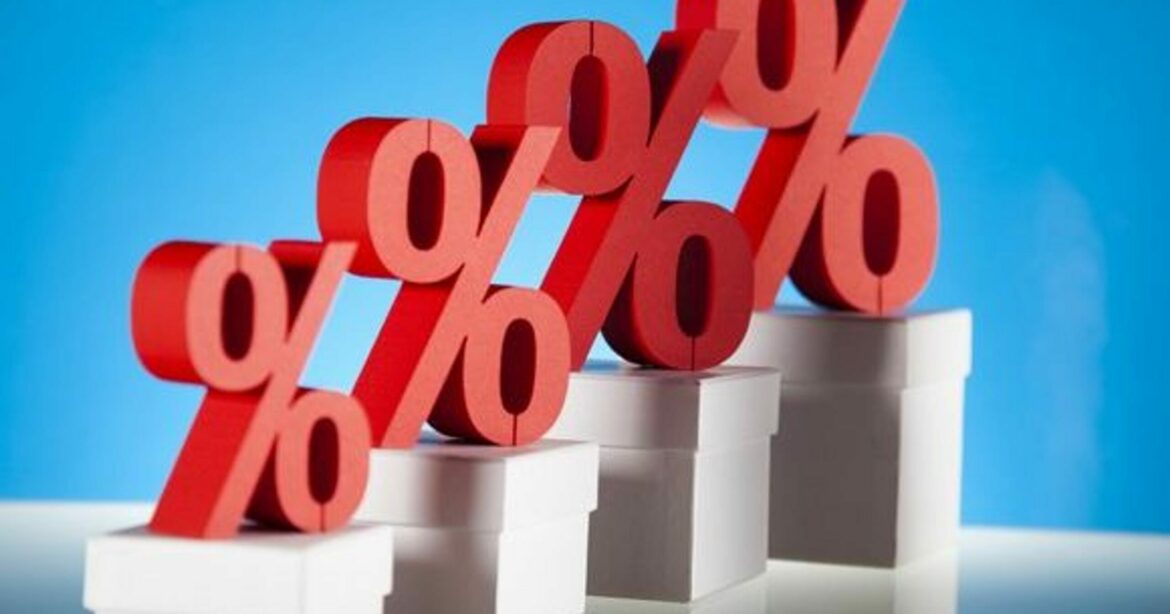The Federal Open Market Committee (FOMC) cut rates by 50 basis points in September and signaled that it was expecting to cut the fed funds rate an additional 50 basis points in the fourth quarter and 100 basis points in both 2025 and 2026. This is a significantly more aggressive pace of easing than indicated in the prior Summary of Economic Projections (SEP) published in June.
The SEP released in mid-September contained some small but significant changes to the economic outlook that justify a more aggressive pace of easing. The path of the unemployment rate through 2025 and 2026 is about 0.2% higher than in June. The FOM now expects the unemployment rate to rise to 4.4% by the end of this year from the current (August) rate of 4.2% and to remain there in 2025. It expects the core PCE (Personal Consumption Expenditures) deflator to rise slightly slower in 2024 and 2025 than in June.
It is worth noting that the dot graph in the SEP indicates some division of opinion in the near term. Nine FOMC members favor 25 basis of rate cuts or no rate cuts in the fourth quarter. Ten favor 50 basis points or more in the fourth quarter. This probably implies a 25 basis point easing at the next meeting in November, with an additional move in December. However, this is contingent upon how the economic data unfolds.
The FOMC’s more aggressive approach is not without risk. While the inflation news has been positive lately, neither core nor wage inflation has returned to pre-COVID levels. Moreover, consumer spending continues to be fueled by extraordinary gains in asset prices, most notably equity prices, which have been making record highs on a near-weekly basis.
So far this year, wage inflation has been running at about a 4% annualized rate. This is the case for both the Employment Cost Index for private sector workers and average hourly earnings for production and nonsupervisory workers, two of the better measures of wage inflation. In contrast, both measures rose by approximately 3.0% in 2019. While wage inflation has decelerated substantially since 2022, by most measures, it remains above pre-COVID levels.
The same can be said of consumer prices. Excluding food and energy, the Consumer Price Index has risen 3.2% in the past twelve months, almost 1% above pre-COVID levels. The Federal Reserve seems to have inferred from recent data that the downward trajectory in inflation will continue and that it will reach its 2% target by sometime in 2026. There is significant uncertainty about this.
One source of uncertainty is the exuberance of equity markets, which has propelled household net worth to historically rarified levels. The ratio of household net worth to disposable income stood at 7.4 at the end of the second quarter and now probably stands above 7.5 after strong equity market gains in the third quarter. This provides a lot of support for consumer spending, which appears to have grown by about 3.5% in the third quarter.
A second source of uncertainty is the surge in investment being generated by firms trying to exploit advances in artificial intelligence. The enthusiasm for AI (if it proves warranted) could mean that the economy is in for intense productivity growth and higher returns on investment. This implies a higher natural level for real interest rates, which would set up a collision with the Federal Reserve’s efforts to bring rates down. Inflation would be a byproduct of an attempt to bring interest rates down below their natural level.
Of course, nothing about the interest rate projections released by the FOMC in September is written in stone. As Fed Chair Jerome Powell often emphasizes, the Fed’s action will be driven by the data. However, the risks are probably tilted in favor of the FOMC cutting rates by less than currently contemplated over the next two years.


